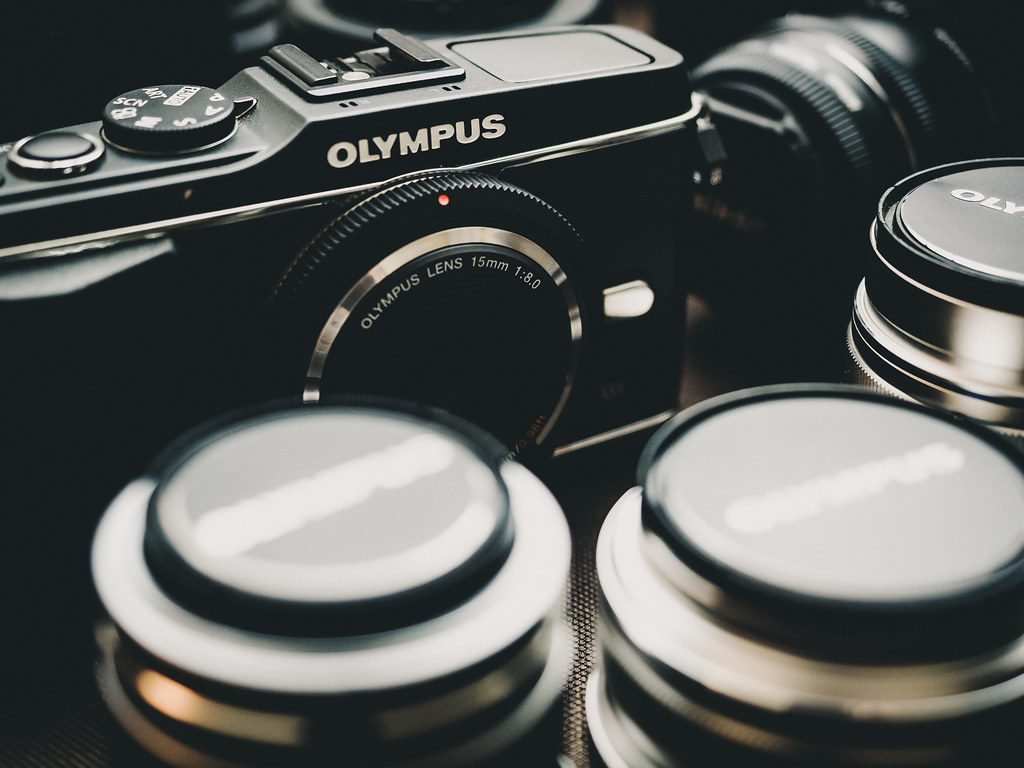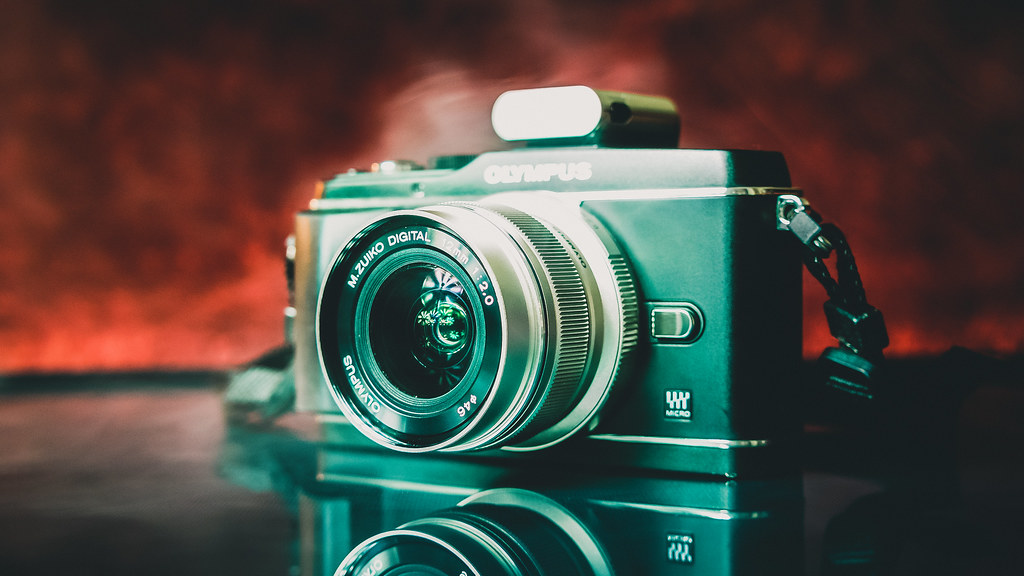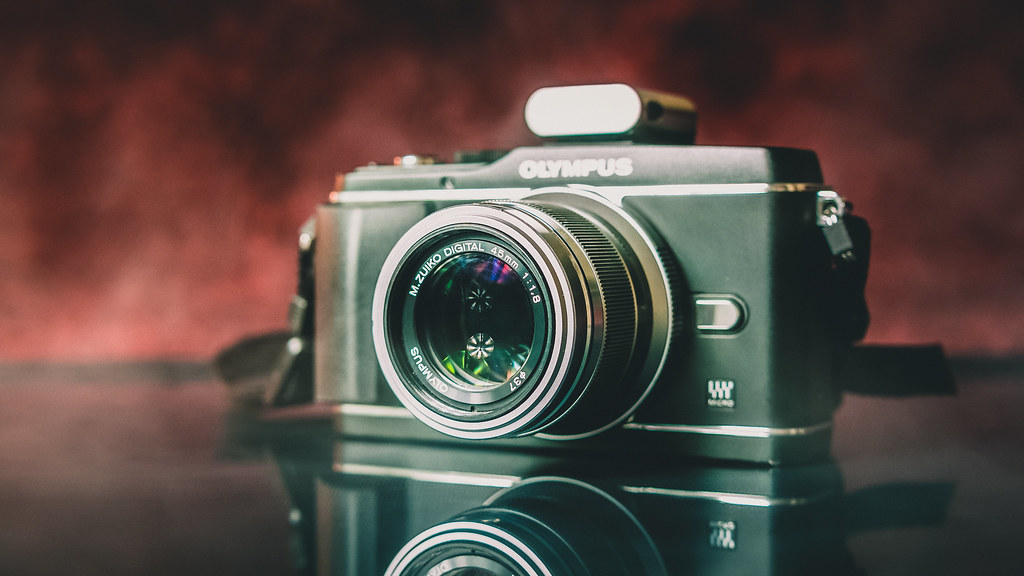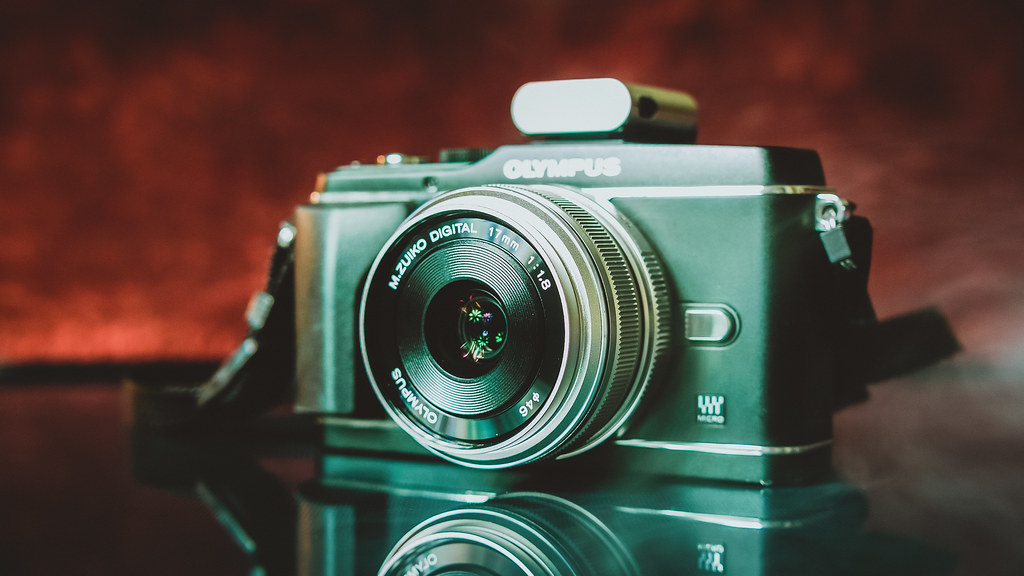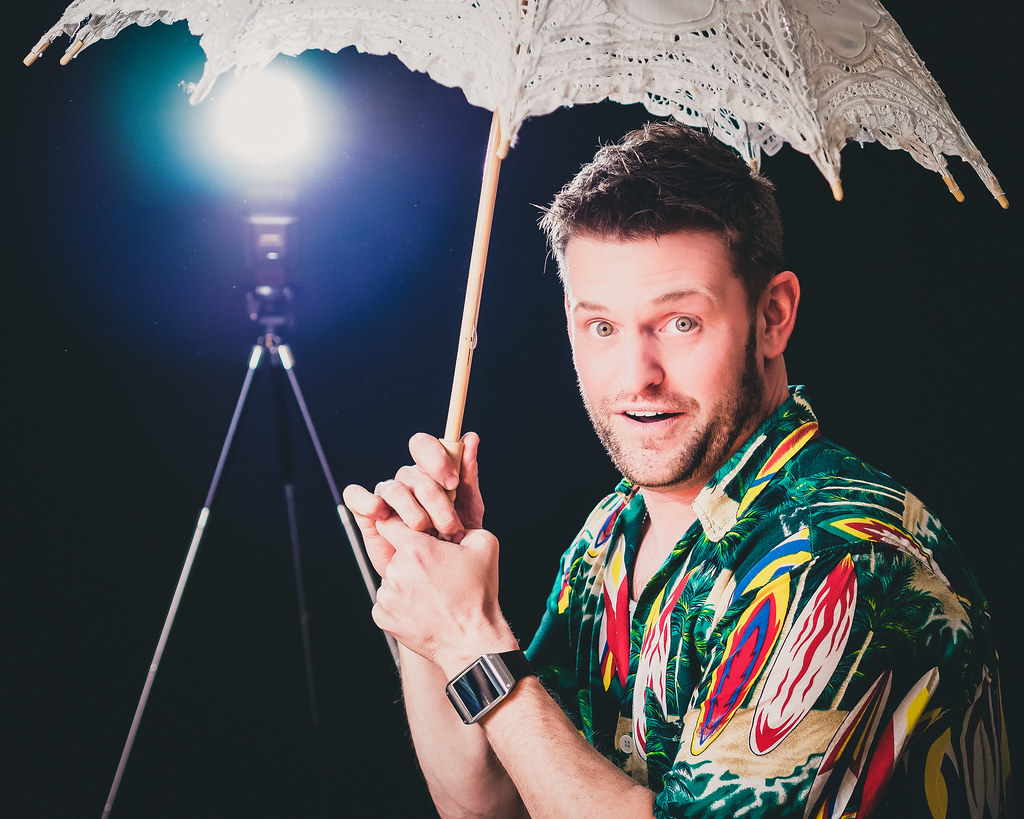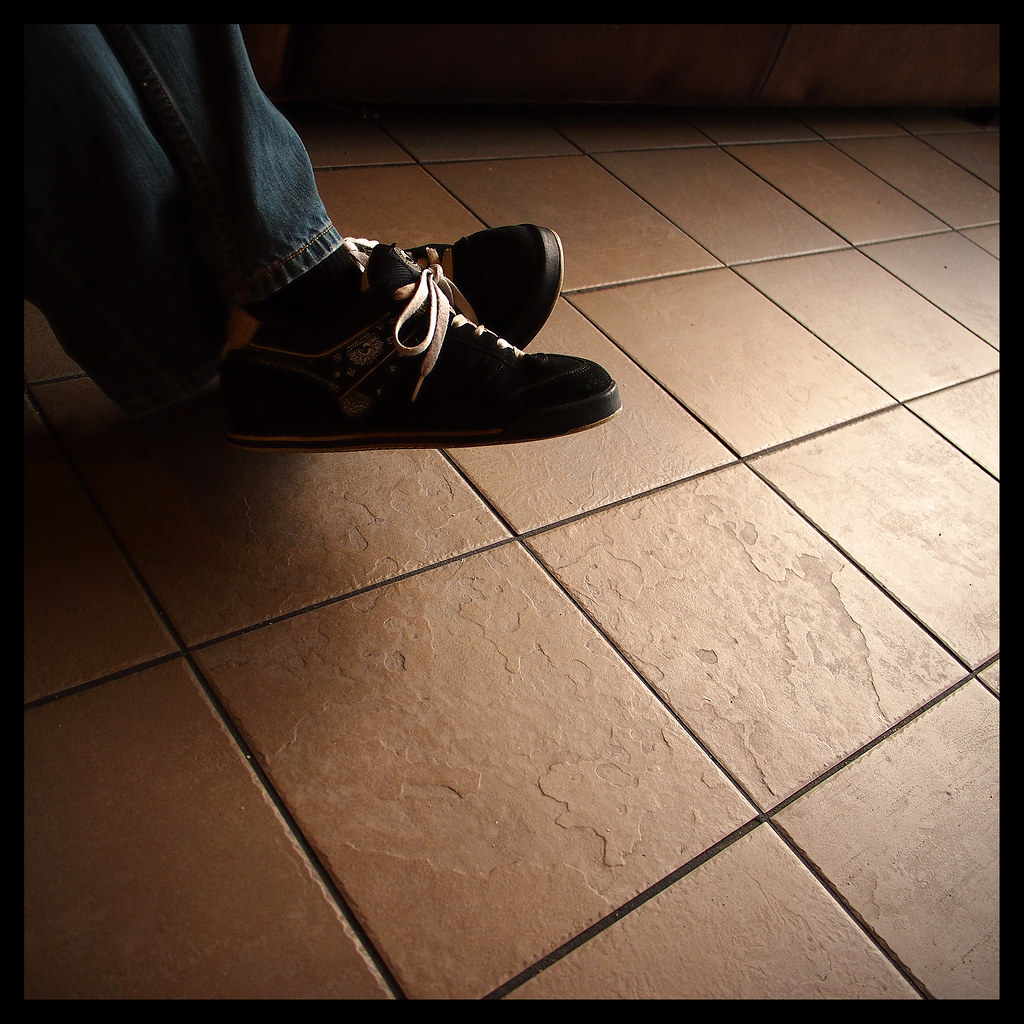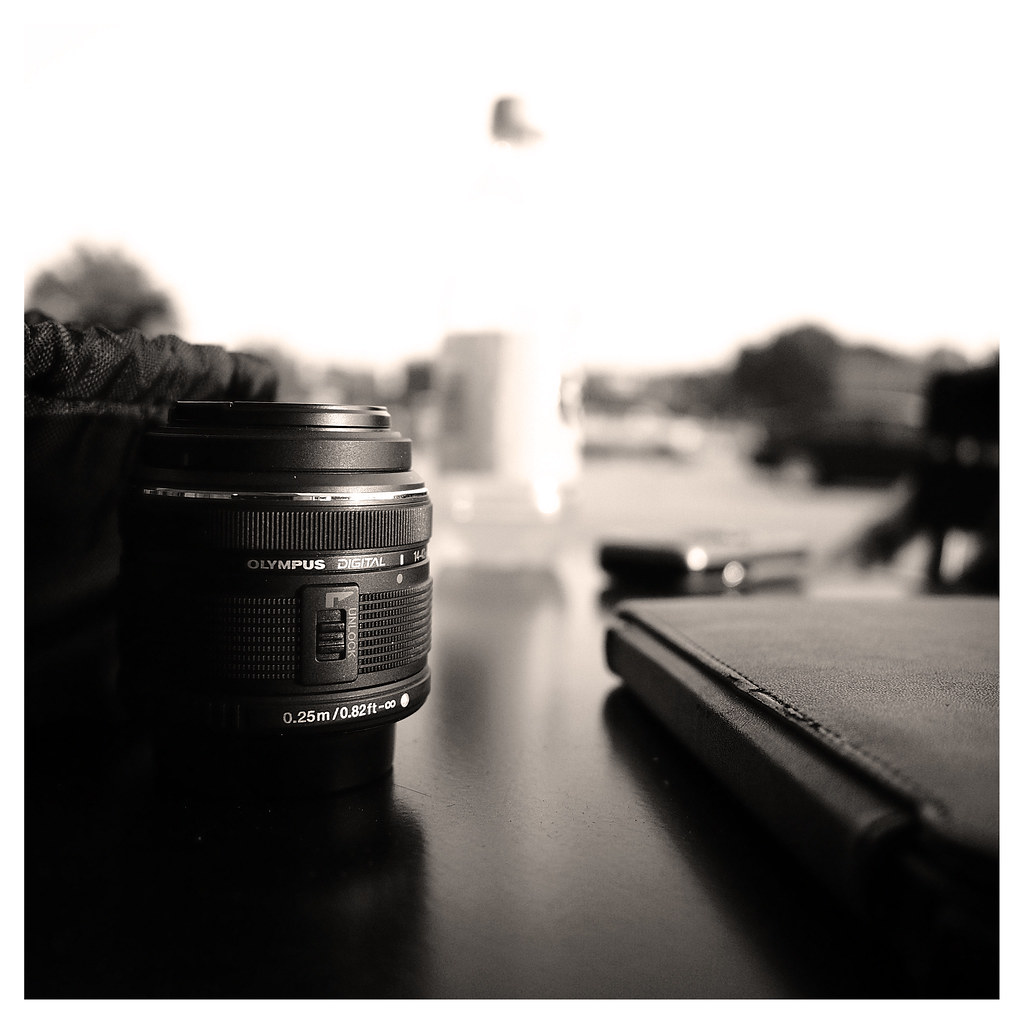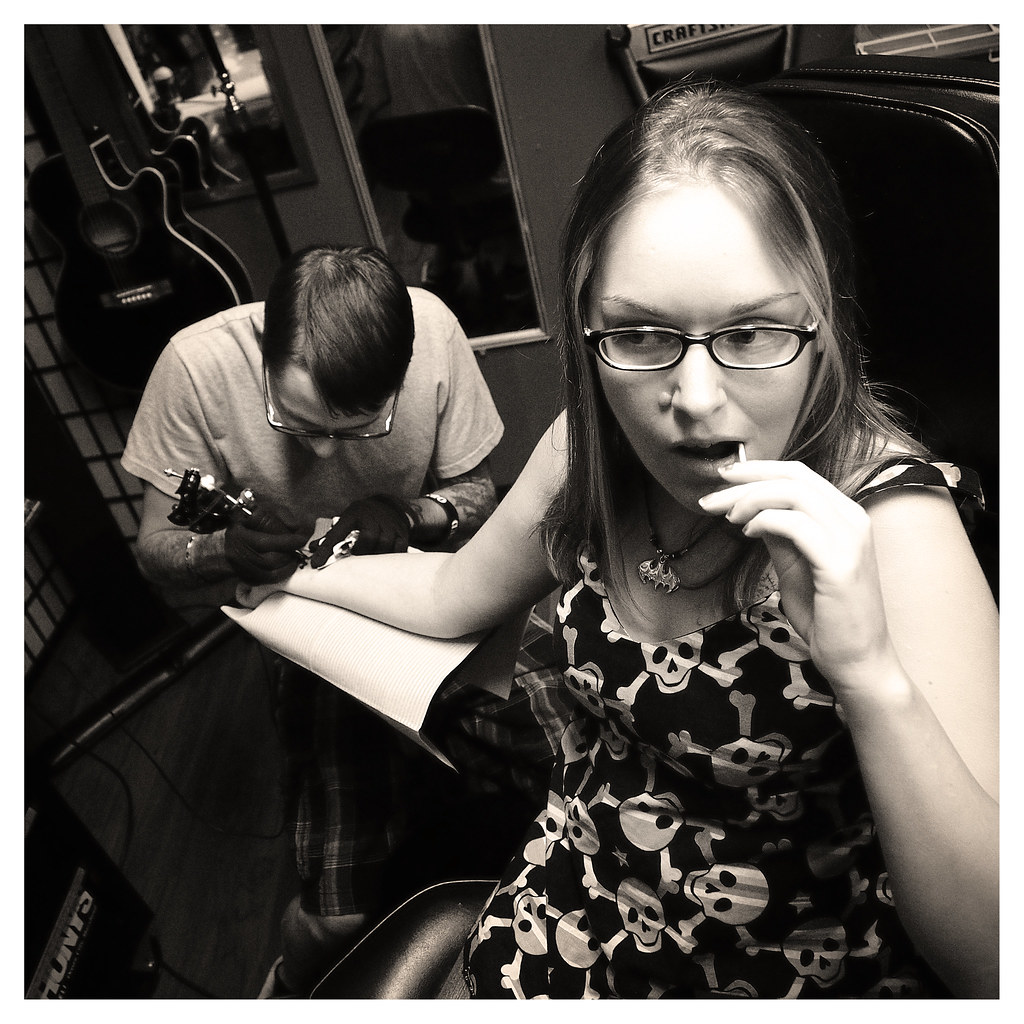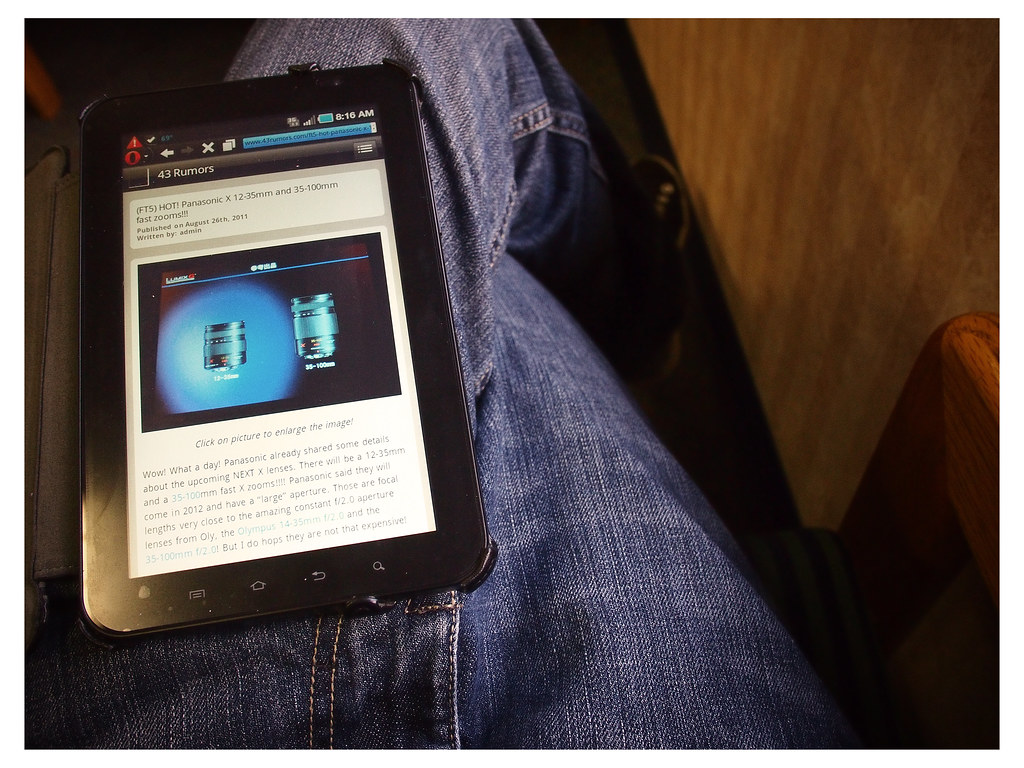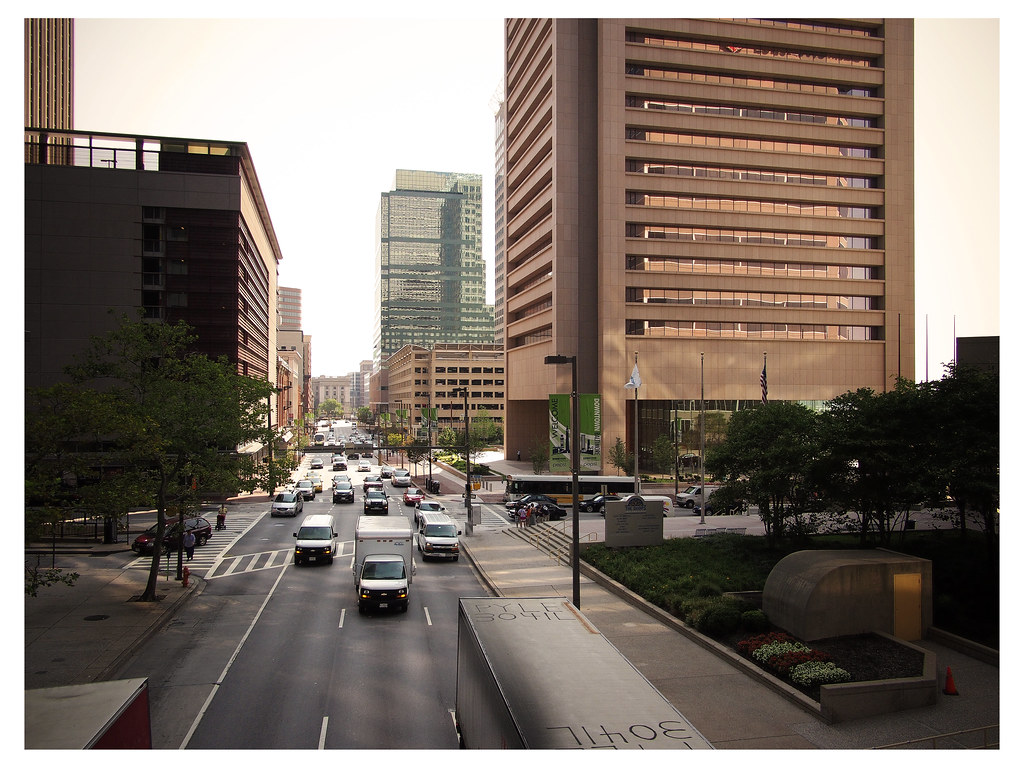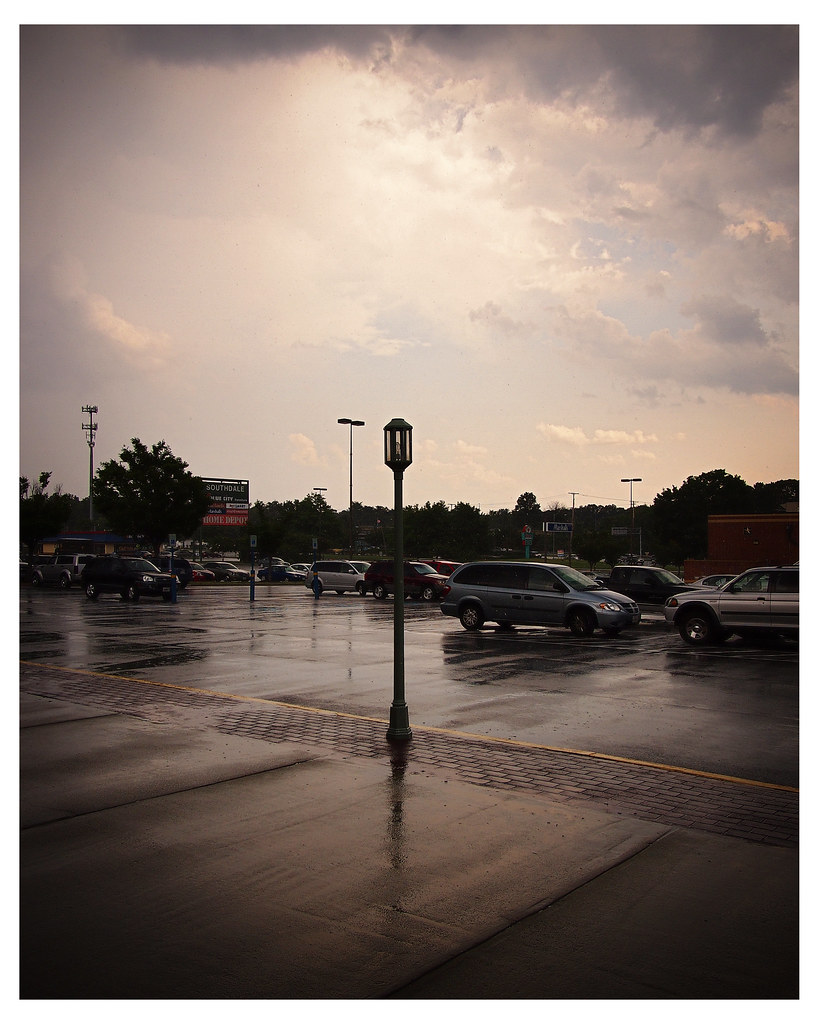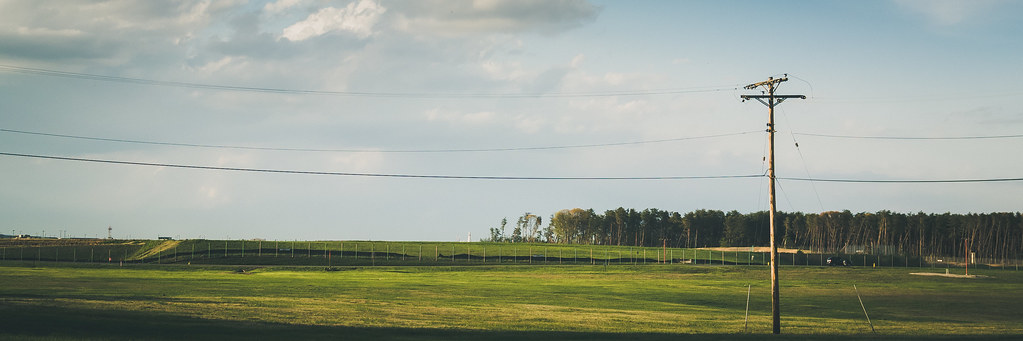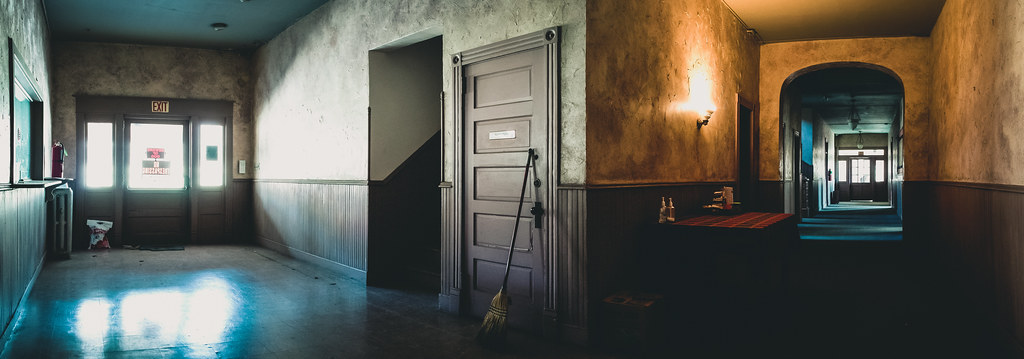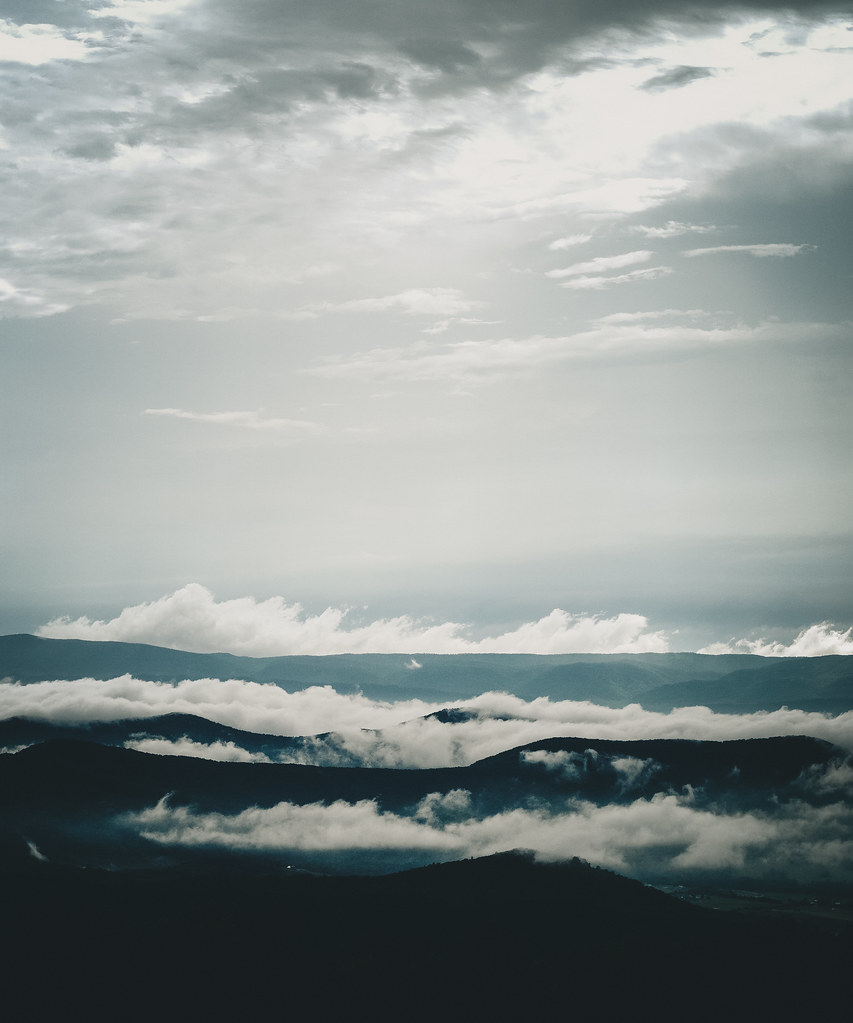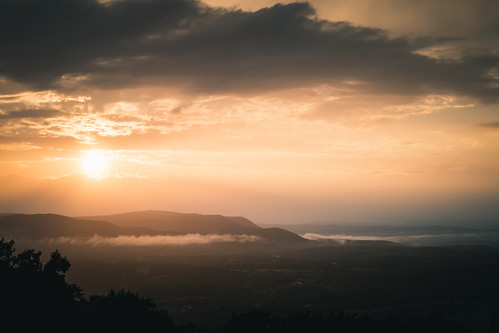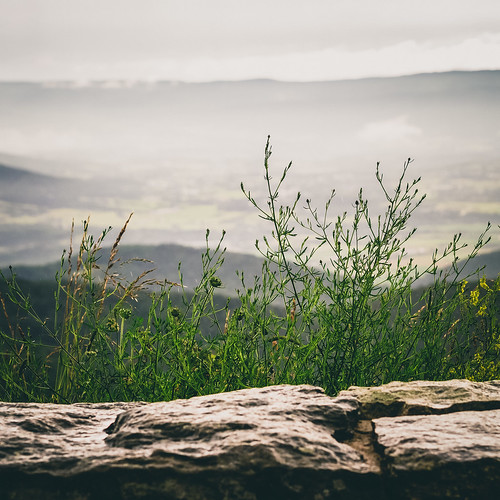Many of us who practice our shutterbug impulses for any span of time start off with the baby steps of kit zooms on smaller formats. Those of us who truly acquire an affinity for the art inevitably make the jump into the world of prime lenses. We intentionally limit the flexibility afforded by zooms for sake of abstract qualities like shallow depth of field and the unique way in which we learn to manipulate the fixed field of view to imply emotion. Perhaps those yet above me on the ladder look back fondly on the days when they returned to the zoom lens, not budget, kit glass housed in flimsy plastic barrels, but rather precise machines of tight gearing, expert milling and solid metal frames. Less zooms and more an absorption of prime lenses housed in one body (with useless in-between focal length peppered in). What a world that such a feat of optical engineering exists.
In honor of the glass that has carried my art and my career through the past 3 years, I pay homage with my experiences, lessons learned and most affectionate uses of the strength in their optics.
I choose to start with both the first and most useful prime lens I ever acquired for my Olympus system, the M. Zuiko 12mm f/2.0. A wickedly fast optic for the width of its focal length. Even before any sort of motivation for its acquisition for sake of real estate work (which wouldn't begin until months after its addition to my bag), it stood out as an immediate need in the practice of strong urban exploration interior photography. Images produced with this lens have been the birth of my business, the direct cause of my success in the career path of photography as well as the tool with which that business has regularly been conducted. Ultra-wide zooms be damned.
A metallic beast, it has survived some of the ugliest drops, bangs and scrapes without a scratch to its front element (despite several lens caps shattered to fragments). Its 24mm equivalent focal length has been a boon to my real estate work in being wide enough to exaggerate the depth of a room, yet not too wide so as to be unbelievably distorting. Distortion at the edges of the frame are so marginal as to be nonexistent, lines always straight to a fault. With f/2.0 native aperture, it has allowed me to see in conditions challenging enough to the human eye, thus becoming the agent of my muse in astral photography. It stands as the first lens to implement Olympus' unique manual focus ring, capable of instantly commanding the camera body into manual mode with etched markings to indicate the range at which the elements are focused and thus an enormous help in the practice of night sky photography or even simply shooting in the dark. It has been nothing but relentlessly reliable after years of use and barbaric abuse.
Today the lens bares no markings of wear despite its tumbles. It has only become marginally softer in corners of the frame, a sign of age and wear easily corrected with a "tune-up" at any lens service department. In fact, it's still so excruciatingly good I find myself compelled to resume its use in the practice of real estate photography for sake of its marginal advantages over the 12-40mm f/2.8 zoom (not as if I'm using the longer focal lengths in real estate work anyway). Simply put, it may be the most in-expendable lens I have ever owned. Were it to spontaneously crumble into pieces through an act of God in my hands one day... I'd go right ahead and buy another. Only it would be the newer, sleeker black version (because as you know all real photographers use/wear black everything).
Portraiture beyond the random candid shot on 50mm equivalent f/1.8 lenses never struck me as a particularly attractive artistic venture. Prior to acquisition of Olympus' M. Zuiko 45mm f/1.8, any experience I had in the telephoto range was relegated to kit zooms in the mid-range with slow apertures and unattractive bokeh. The 45mm corrected my suppositions about portrait work, genuinely shallow depth of field and the joys of controlled studio work.
I can't recall what motivated its addition to my bag, possibly nothing more than the attractiveness of the price and a desire for a prime geared toward shooting people more or less in the fashion my old Nikkor 35mm f/1.8 inspired. At 90mm equivalent, it certainly proved unsuitable for the kind of candid work I had done before, but it didn't take much time to realize the power of expression it captured with its tight framing of the face. While portrait work never took off as a business venture, it has remained a persistent personal project.
Of all the primes in the old kit, this poor, plastic-laden optic certainly shows its wear worse than the metallic pieces it plays companion to. Its optical performance, however, has yet to waver with age, wear and use, still plenty capable of rendering flawlessly sharp the most diminutive of fine details. Two areas this lens proves most useful are in landscapes/nightscapes and in controlled studio work. I've often preferred the tight framing of this short telephoto to accentuate distance between objects, and the nature of "sunstars" produced when stopped down to f/8.0 is a thing of magic when capturing the city from the rooftops. In the studio I developed an infallible system with this lens in regards to exposure - always 1/160 shutter speed, f/2.8, ISO 200. Should shadows cast on the subject's face, drop it down to f/2.2 and the problem is solved. It was such an enjoyably reliable thing I'd often insist on photographing friends standing in front of my living room curtains while I hunkered back in the kitchen for sake of proper framing. And you better believe those (oft drunken) snapshots came out studio quality so long as they were framed properly.
My experience with short telephoto lenses is admittedly limited. But based on my experiences using this diminutive piece of plastic and glass, I find the 75mm f/1.8 (its metallic older brother) that much more appealing. It is a prime I feel would accompany my pro zoom just fine.
The M. Zuiko 17mm f/1.8 entered my kit late in the game, but it has been my first choice in go-anywhere do-anything lens since acquisition. It has the stout bulldog frame of its brother 12mm f/2.0 and borrows the capacity for dreamy, candid portraits from nifty fifty lenses above it on the focal length scale. Were I ever imposed with the limitation of only ever being able to shoot a single lens henceforth for the rest of my life, it would not require thinking to immediately state "M. Zuiko 17mm f/1.8".
Something unique about the 35mm equivalent focal length that I did not understand until shooting with this lens was the very nature of how pointedly distance from the subject affects how it is seen in the final image. At such an awkward in-between focal length, it is remarkably capable of providing the impression of a wide lens when distanced from the subject, yet equally capable of capturing a person's face up close and implying a genuine sense of intimacy with the subject (a la nifty fifty). It is that versatility of the optic which has kept it mounted on my camera more than any other when shooting for myself.
While hiking with good friends, this lens allows me to capture a stark sunset vista atop the rocks of some ragged old mountain, then immediately turn to my hiking partner and capture the golden glow on their face with intimate detail and subject isolation. A truly bizarre degree flexibility, but plenty welcome. It may be telling that Olympus' 12-40mm f/2.8 zoom is dialed into 17mm as its default, its baseline focal length (when the extension of the zoom is retracted completely into the body). It is also only second to the 45mm in regard to sharpness wide open, and this is a lens that lends itself well to shooting wide open in the case of people photography. Much like the 12mm f/2.0, this lens may also find a cozy spot yet open in my camera bag, for those times the heft of a pro zoom is both uncomfortable and uncalled for.
A fisheye lens is never really a replaceable optic. It's a gimmick, a special effects lens for rare scenarios in which is obscenely warped perspective wanted and warranted. As such, this lens falls outside the standard paradigms of my "real" prime kit, but that is not to downplay how markedly sharp an optic Samyang/Rokinon's 7.5mm f/3.5 is, wide open, stopped down, what have you. It may very well be too sharp to be believable in some situations.
For some time in 2012 I found myself enamored with rooftops in the city and desired something dramatic and intentionally unreasonable in its depiction of depth and perspective, an ideal case for the fisheye. A full metal, all manual lens, it serves its purpose well when called for, and produces likely the best sunstars of any Micro Four Thirds lens even wide open at f/3.5. Its painted outer coating has worn from various bangs into the concrete over time, but optically it remains unreasonably sharp. As a manual lens, it is mildly finicky with the light meter in the E-P3 - often night exposures become a testy challenge, with the meter reading exposures as being 3 stops hot, but the actual exposure being mid-range at best. That may very well be a challenge of all fisheye lenses, hitting internal light meters with light from incident angles outside their sensor range.
Beyond use in exaggerating rooftop shenanigans, it served as an ideal videography lens for minor video work done for conventions hiring me for work outside my comfort zone. Stable video will forever be the bane of the amateur videographer, however the distortion and accentuated width of the fisheye's field of view effectively negated any and all issues had with shaky footage. I'm set to conduct video work for the same convention crew next year - alas, this lens may collect some measure of dust until then (when I get to run it on the 5-axis stabilization of the E-M1 and really learn what stable video can look like).
I may or may not have been known to refer to Olympus' 15mm f/8.0 body cap lens as the "Instagram Special".
Let's face it, this "lens" was never designed with optical superiority in mind. Even so, given that one crops the aspect ratio into a (beloved) square, the center regions of this tiny optic do produce images usable for such business as sharing online via social media. Hence the concept of the "Instagram Special" (I refuse to not use quotes with that statement).
In practice this lens has only ever seen actual use in one scenario - while driving. Arguments against photographing-while-driving aside, when on business travel or venturing through Coal Country and the mountainsides to see a dear friend, I've been glad to have a small, quick, fixed-focus optic available, wide enough to capture the scene out the window of my car and with such limitless depth of field so as to produce plenty strong a landscape image. Much as its price point would indicate, it is a toy lens, and I treat it with toy considerations, and it has been useful in that regard as a superior optic to my cell phone for sake of capturing good square images to share on Instagram.
Despite the inclination of most to sell obsolete gear, I actually foresee myself more or less perma-mounting this bodycap onto my E-P3 and using it exclusively as an always-in-the-car shooter. I see things often enough on the road that I would like to photograph but am typically making use of my cell phone as a GPS - this prospective alternative use makes only too much sense. Fire images to the cell phone when I'm stopped with the PENPAL, edit them quickly with canned filters, sounds like a fun use of replaced equipment to me.
All this said of the lenses themselves, I must take the time to commend Olympus' masterfully constructed E-P3 as well for its tenure in my hands, enduring rugged operation and being relentlessly pushed to the limits of its capability.
I purchased the E-P3 as a direct replacement to the Panasonic GF1 lost in my car accident. It represented the pinnacle of what was possible with a Micro Four Thirds sensor at the time, equipped with the exact same imaging unit as the GF1 before, but dialed in via clever engineering and software to produce the best images possible in such a tiny format. It never stood up to the likes of even APS-C in regards to image fidelity at high ISO, but I'll be damned if it didn't produce the best gamut of color I had ever seen out of a camera up to that point.
With James Bond style sex appeal, it fit right in with my minimalist paradigm. Whereas most I shoot with have always been markedly careful and covetous of their cameras, regarding them like expensive jewelry, the E-P3 became my tool, a reliable shooter that awoke me to the concept of the camera as a disposable agent of the practice of art, no different than a paintbrush. And despite that mentality of fatalist disrespect, it continued shooting strong no matter how hard the impact into the wall, no matter how wet the body in the rain, no matter how swollen with fungus in the seals.
It still just keeps shooting.
At well over 100,000 clicks on the shutter I suspect it will lose steam eventually. Inevitably. But it has given me the best 3 years of my life in photographs I will look on fondly for decades. I'm not sure I will ever be able to stomach abandoning it to a pile of electronic scrap, rather I would encase it in a glass case to present to all as my partner in crime, the agent of my creative success. In an age of so many cameras, all equally as disposable as the next, it simply feels wonderful to have developed a relationship with a tool that didn't take my abuses to heart, rather kept pushing on with minimal interruption no matter how wet or cold or hot or far to drop.
Bravo Olympus. Dare I say it I'm not sure I will ever develop quite the same level of relationship with a camera again. Now pardon me while the men in white coats take me away for perceiving a relationship with a piece of exceptional engineering.

